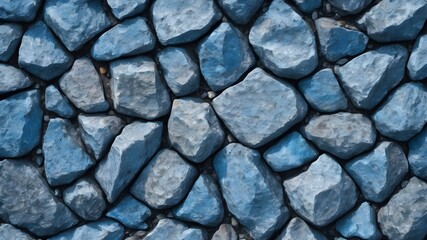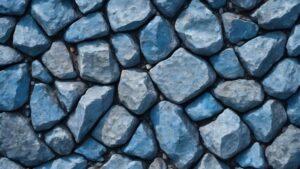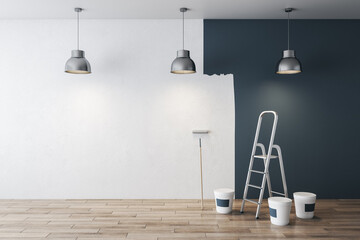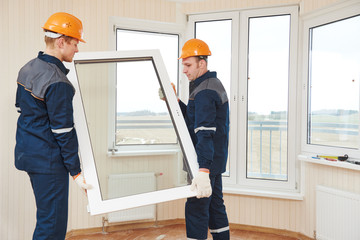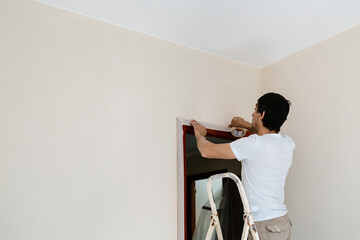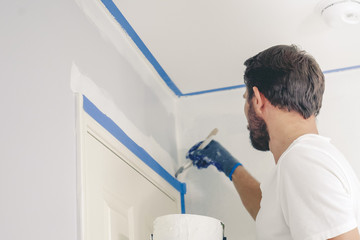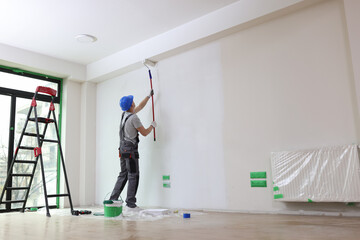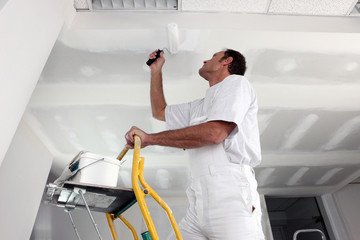 Underbrush Mulching is the newest and most eco/cost friendly way to clear land. It allows for clearing with minimal disturbance to soils, keeper trees and desirable vegetation.
Underbrush Mulching is the newest and most eco/cost friendly way to clear land. It allows for clearing with minimal disturbance to soils, keeper trees and desirable vegetation.
Traditional land clearing methods can damage the roots of keeper trees and cause erosion problems. Underbrush can also compete with larger trees for water and nutrients, leading to weakened health.
1. Increased Property Value
A property that is covered in thick underbrush or unkempt vegetation may be less appealing to potential homebuyers and investors. Underbrush mulching is a modern clearing technique that can transform overgrown land into an attractive and usable landscape without the expensive and time-consuming labor of other traditional clearing methods.
Forestry mulching recycles natural materials by turning them into beneficial mulch, thereby promoting environmental health. This process eliminates the need for burning and hauling off unwanted debris, and it minimizes soil disturbance. In addition, forestry mulching supports biodiversity and local ecosystems by adding nutrients to the soil.
Clearing underbrush with this method also helps protect wildlife habitats by removing hiding spots for unwelcome animals. Furthermore, removing dense undergrowth along fence lines and power lines can prevent damage to them. In the case of power lines, overhanging trees pose a fire risk and may cause outages or even electrocutions.
Regular underbrush clearing allows for more precision in landscaping and gardening. This can be especially helpful for properties with sloped terrain that are prone to erosion. The mulch layer also helps maintain moisture in the soil, which promotes healthier plant growth and reduces soil erosion.
In addition, forestry mulching can help reduce the occurrence of unwanted invasive tree species. This is because the shredding process disrupts invasive seed germination and creates a barrier that allows native healthy plants to regain ground. This also makes the landscape more appealing to potential buyers and investors, who will be less likely to encounter these invasive species. In the case of agricultural land, clearing and mulching underbrush helps with crop preparation by eliminating weeds and other harmful pests. The nutrient-rich mulch layer also diminishes the need for chemical fertilisers, which protects the soil and nearby waterways from pollution.
2. Increased Accessibility
Forestry mulching is an environmentally sustainable alternative to traditional land clearing methods. It uses specialized equipment to grind up smaller trees, bushes, and underbrush into organic mulch that keeps soil healthy. The process is faster and more cost-effective than manual clearing, as it doesn’t require tearing down trees or hauling away debris. It also helps preserve topsoil, and adds organic nutrients back into the ground, ensuring long-term soil health and ecosystem sustainability.
The shredded organic material also prevents erosion by creating a natural barrier that retains moisture and reduces the impact of wind and rain. In addition, the mulch layer stifles invasive plant growth and provides native vegetation with a competitive edge.
This sustainable land-clearing method also promotes biodiversity by maintaining essential microhabitats for wildlife species, fostering a thriving ecosystem. Unlike other clearing methods, forestry mulching doesn’t disrupt nesting areas, foraging zones, and wildlife corridors.
Finally, forestry mulching can be used to create firebreaks and limit the spread of wildfire. This is particularly important for homes located in wildland-urban interface areas, where fires can become more dangerous and difficult to control. By reducing flammable undergrowth, this technique can help homeowners mitigate the risks of wildfires while saving them from costly property damage and loss of life.
Another benefit of forestry mulching is its ability to clear the path for emergency vehicles in case of an emergency. By removing dense vegetation and fire hazards, this approach improves access for firefighters and first responders, significantly reducing response times. It can even help firefighters more easily navigate through fires to contain them and save lives. This is especially true during the dry summer months when the risk of fire is highest.
3. Less Pest Infestation
Dense growth of bushes and trees that accumulate around the base of larger ones can be a haven for snakes, rodents, mosquitoes, ticks, and other pests that are dangerous to people and animals. Regular underbrush clearing helps to keep these undesirables away from your home and landscaped areas, enhancing your property’s beauty and safety.
Underbrush mulching is an advanced land clearing technique that is more cost-effective and ecologically friendly than traditional logging methods. It involves grinding up smaller trees, bushes, and undergrowth into organic mulch that is then spread onto the ground. It preserves topsoil, reduces erosion, and adds organic nutrients back into the soil.
In addition to its aesthetic and environmental benefits, underbrush mulching also improves agricultural land preparation. The decomposing mulch layer enriches the soil over time, eliminating the need for chemical fertilisers and promoting healthy crop growth.
Finally, underbrush mulching can be used to create firebreaks, which are strips of cleared vegetation that help prevent wildfires from spreading from one area to another. This is particularly important in a region like Buffalo that is prone to wildfires during dry months.
Whether you are planning on building a shed in your backyard or adding a gazebo for family gatherings, underbrush clearing will give you much more space to work with and make your property more usable throughout the year. If you’re concerned about the amount of brush and trees on your property, contact our underbrush clearing experts at Black Diamond Construction today to learn more about our services. We are dedicated to improving the health and value of our clients’ properties. Our expert team uses efficient, environmentally friendly land clearing techniques to keep your property looking great and safe for years to come.
4. Improved Soil Health
Forestry mulching is an advanced land clearing technique that uses specialized equipment to grind up trees, brush and underbrush on-site into nutrient-rich mulch. This process minimizes soil disturbance and erosion problems. In contrast, traditional clearing methods can push over and uproot tree roots while damaging soils. This can lead to a loss of organic material, soil erosion and biodiversity loss.
The mulch is then spread over the area that’s being cleared, providing a protective layer that helps conserve moisture and nutrients. Over time, the mulch will naturally decompose, adding organic material back into the soil and promoting healthy ecosystems and growth.
In addition, the mulch reduces the need for chemical weed control on the land. Using this service will help you save money in the long run, as well as keep your property free of chemicals that can harm the environment and promote unhealthy plants.
This process also helps to reduce the risk of wildfires. Overgrown forests and woodlands are susceptible to fires because dry branches and underbrush can easily spark and spread. Forestry mulching eliminates the fire hazard by grinding up the undergrowth and reducing the amount of combustible material on the ground.
If you’re looking for a better way to clear your property without disturbing the soil, consider hiring an expert company to do so with forestry mulching. This method is the most eco-friendly way to reclaim overgrown areas while protecting the environment and supporting natural ecological processes. It is ideal for right-of-way clearing along fence lines, power lines and roads. This eco-friendly, cost-efficient technique will also help you maintain a healthier landscape and make your property more accessible. It is more efficient than bulldozing and will protect the roots of keeper trees while minimizing soil disturbance.
5. Less Chemical Weed Control
Using herbicides to remove weeds from your yard can be dangerous for you and the environment. It is also time consuming and expensive. By regularly mulching your yard, you can eliminate the need for chemical weed control.
Another benefit of this technique is that it preserves and enhances soil health. Instead of scraping the ground to bare dirt, this process uses specialized machinery to grind up smaller trees, bushes and underbrush into a nutrient-rich mulch. This helps to maintain the integrity of the soil, reducing erosion risk and adding essential organic nutrients that help with plant growth.
It also denies invasive plants breeding and feeding grounds and prevents them from spreading to other parts of your property. Similarly, if you have infested trees on your property, mulching them can help to reduce the number of pests. This is because mulched trees and shrubs are more difficult for invasive species to sprout in than unmulched vegetation.
Forestry mulching can be used to clear a wide variety of land types, including right-of-way clearing for power lines and roads. It is also a popular method for maintaining pheasant and dove hunting habitats. Unlike traditional methods, it does not damage the roots of keeper trees or other desirable plants and is an eco-friendly alternative to harsher clearing techniques.
Overgrown brush and weeds can be a home for unwanted rodents that could spread disease. It is also an easy breeding ground for ticks and other parasites that could infect your pets or yourself. By clearing the overgrowth, you can protect your family from these dangerous diseases and enjoy your outdoor spaces without worry. In addition to protecting your family from pests, this practice also contributes to soil conservation, helps prevent erosion and promotes biodiversity in local ecosystems.



